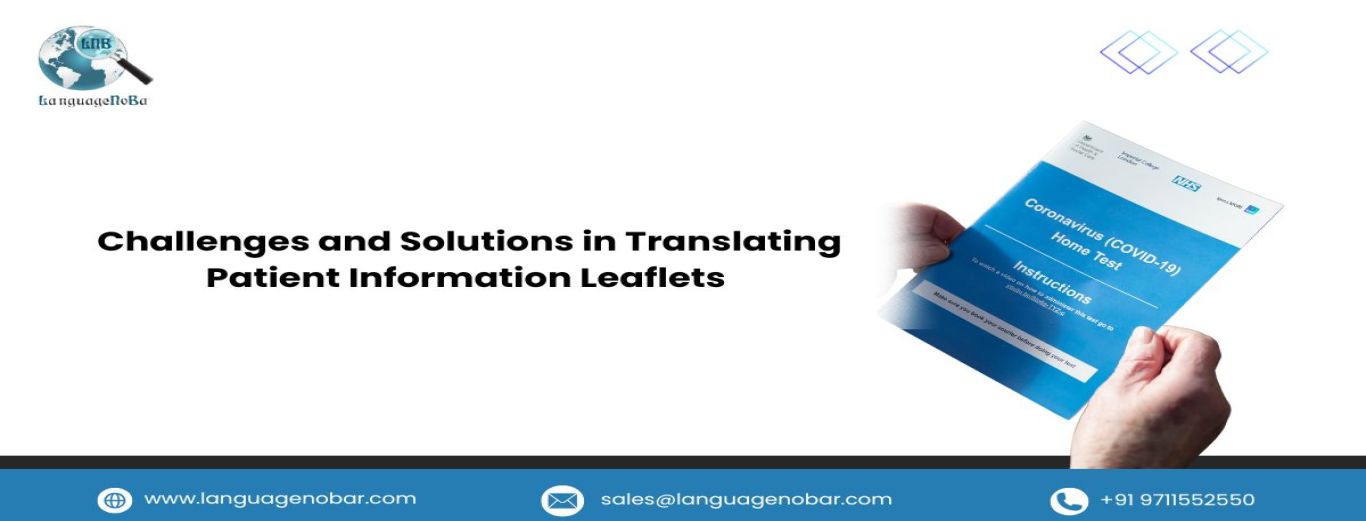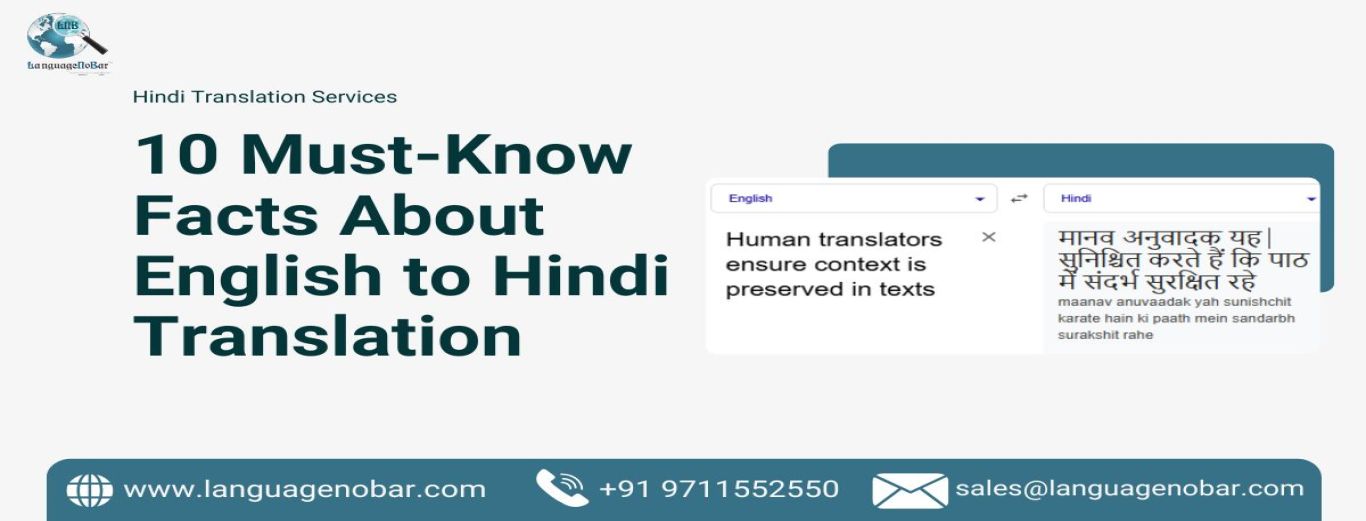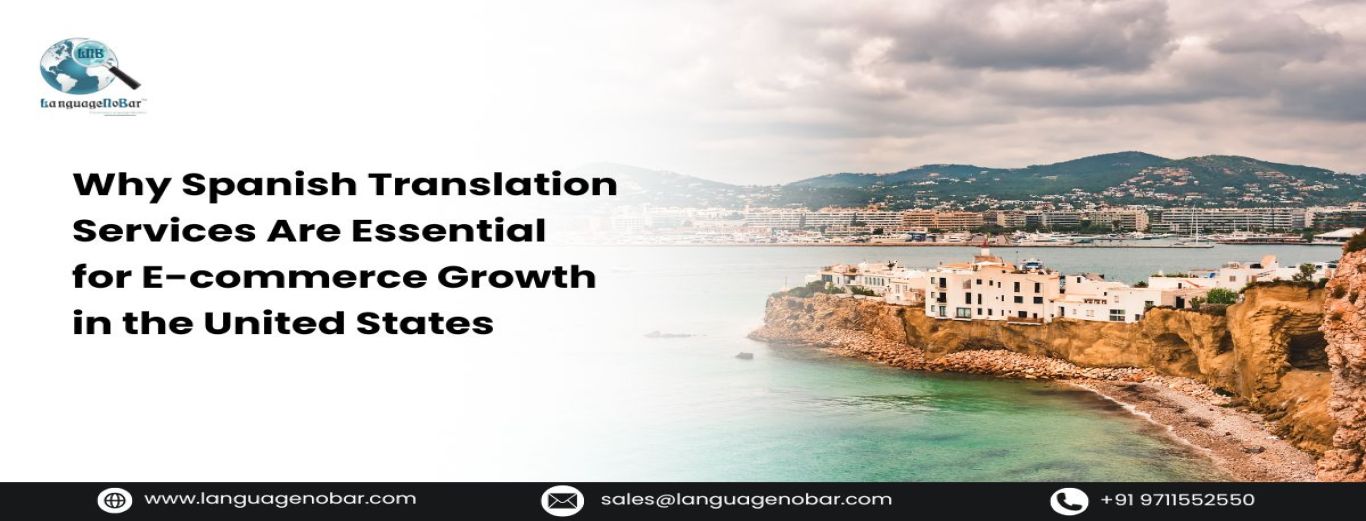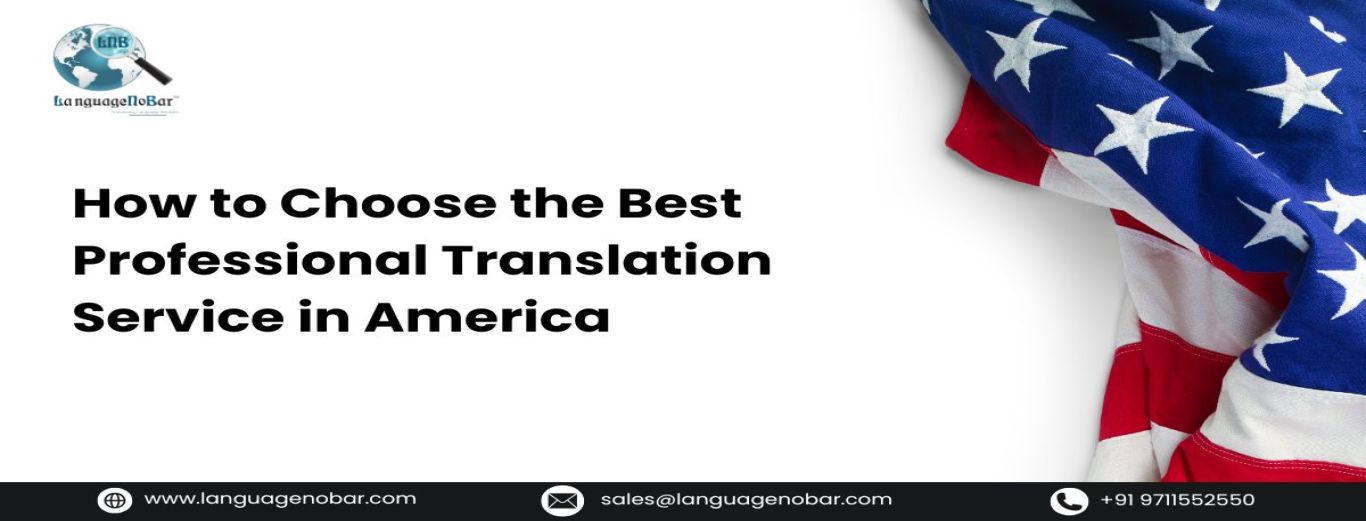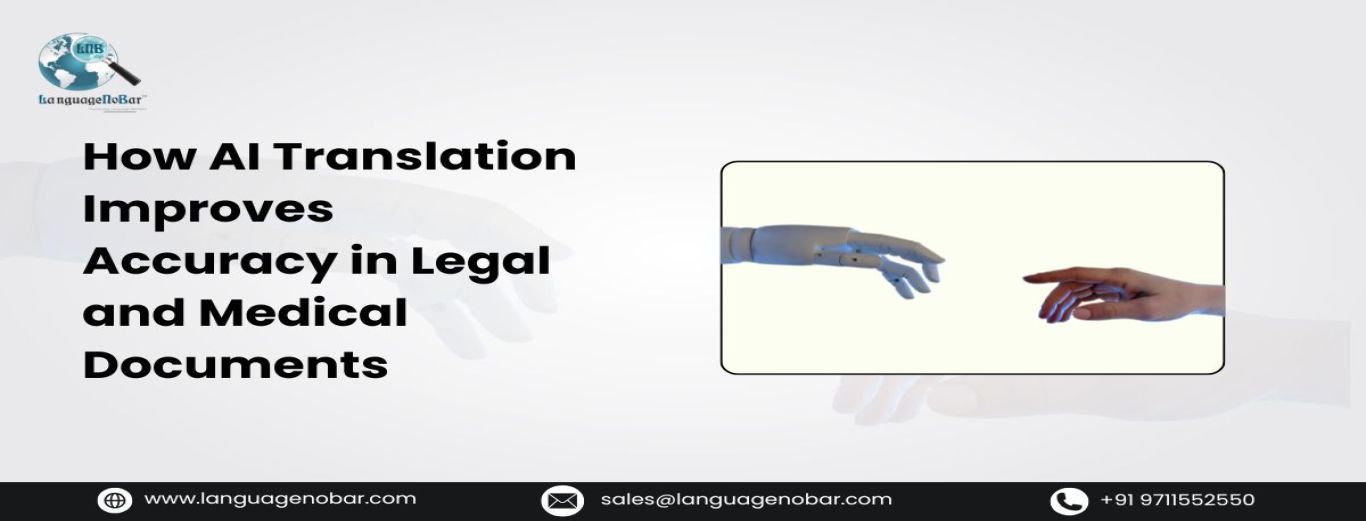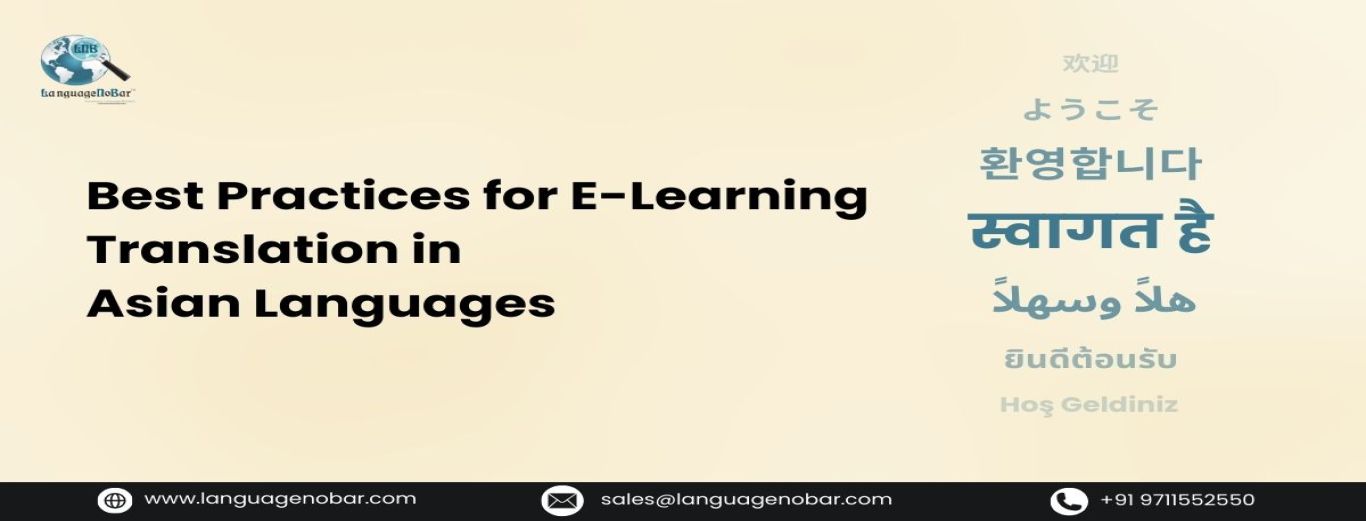Challenges and Solutions in Translating Patient Information Leaflets
- Blog
- Comments (0)
Innovation in medicine is evolving day-by-day with new drug discoveries providing comfort to ailing patients. This is also a matter of global wellness to ensure that people have complete access to the medicine they are in need of. The accuracy of information in medical translation services is primary. Especially if it is a document that interacts with patients, who may not have any medical knowledge, leaving any room for error can be fatal. Hospitals and doctors are now paying special attention to ensure nothing slips through the cracks. Patient information leaflets are a document that a patient handles mostly without the presence of a doctor, making it a huge responsibility on the shoulders of pharma translation services.
What is a patient information leaflet?
One might have encountered a ‘Patient information leaflet’ (shortly called PIL) or ‘Instructions for Use’ leaflet while opening a medicine package and a paper slip out. This leaflet will have information on dosages, dos and don'ts, dietary suggestions, ingredients, the time at which it should be consumed, legal and other necessary information. This needs to reach the patient to ensure the medicine's full effectiveness. Patients not understanding this can lead to improper and ineffective usage tarnishing the reputation of the pharma company as well as the doctor who prescribed it.
Need for an efficient medical translation service in information leaflets
Simplify it for layman
Any patient-facing documentation - consent forms, forms for clinical trials, information pamphlets, or information leaflets need to be readable for the common man. The target audience of this document is someone who is not a medical expert. A patient who reads acetaminophen in India may not understand what medicine exactly it is. However, translation companies in India calling it “Paracetamol” help one to understand what medicine it is.
Legal and ethical reason
Information is paramount when the substance affects someone's health. This also gives the patient an overview while taking a second opinion. Withholding information is not just unethical, it is illegal. In India Central Drugs Standard Control Organization (CDSCO) acts as a watchdog to ensure drugs reveal the possible side-effects and reactions of the medicine in the pamphlet.
Increasing the reach of the product
A medical product cannot achieve new markets of scale unless it can find its way to the pillboxes of common people. Making instructions easier to read and understand gives leverage to the pharma company. Many users, especially old people, prefer one label over the other for the same medicine formula due to the ease of understanding of documentation.
Challenges in medical translation services
Effective communication
Large information needs to be simplified and made comprehensive into smaller words to fit in a package. Medical translation services also need to ensure they do not miss out on any important aspects while staying away from complex terminology.
Formatting
The leaflets are small with a defined format from the source text. Pharma translation companies have to make an effort to fit the content in the source format. Often with native languages, this becomes a challenge as the alphabet is not compact like English letters.
Complying with legal standards
Every country has a prescribed level of information that should be devolved to the patients. This will be codified by a central authority. Adhering to these standards is mostly a task only a professional can accomplish. For example in India side effects of a medicine are listed without an order of frequency or how commonly it occurs. In France, the side effects are given a frequency like “Very rare” or “Common”. These standards need to be adhered to to ensure the complete safety of the patient.
Making the leaflet error-proof
Hiring the right pharma translation services
Medical translation services need an expert hand to do the job. Translation services in India like LanguagesNoBar have ISO 9001-2008, ISO 17100:2015 & ISO 27001 certifications that have the ability to meet the required quality. They will also have experience working with similar companies and familiarizing themselves with the rules and regulations.
Comprehensive translation
Avoiding complex winding sentences is primary to save space in the tiny leaflet. Words that are in common parlance must be given priority while explaining technical medical terms.
Paying attention to risks and benefits
This is the key matter that most patients will go through carefully. Facts like you should not mix this medicine with another drug or use alcohol etc., need to be conveyed. Guidelines should also underscore the importance of consulting a physician before consuming the medicine
Cultural and national context
Dosages are measured using different metrics in different countries. In the US it is in ounces while in India it is in Millilitres. Expert pharma translation companies will know the cultural context and minor details. They can also refer to previous documentation done for the same company to keep the terms uniform across the services.
Using symbols and icons
Culturally appropriate symbols can be included in PILs for easier communication and better visualization. Visual diagrams of a person sleeping can be given to warn that “may cause drowsiness” and can indicate the instruction better. Using words along with visual cues will also help in grabbing the attention of the reader.
Conclusion
LanguagesNoBar has made its mark in translation services in India with an array of expertise be it cardiology, neurology, dentistry, or prosthetics. We ensure medical information is translated keeping the end-user in mind. LanguagesNoBar has one one-stop solution for language translation and design which is very important in maintaining the look and feel of patient information leaflets across languages. Especially in a country like India with hundreds of native languages, keeping the design and format uniform needs precision and clarity.

